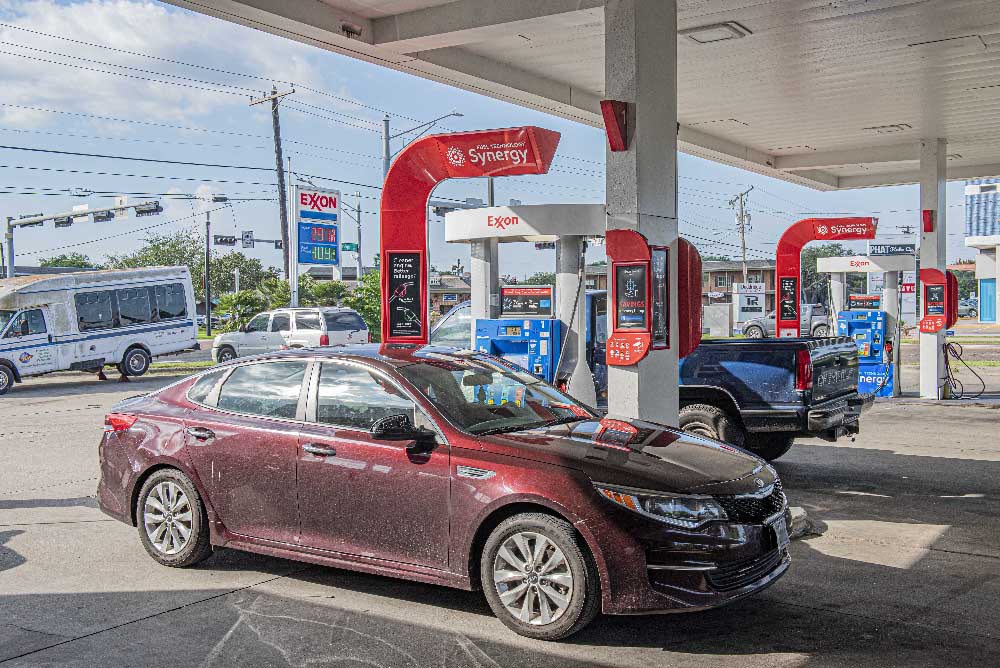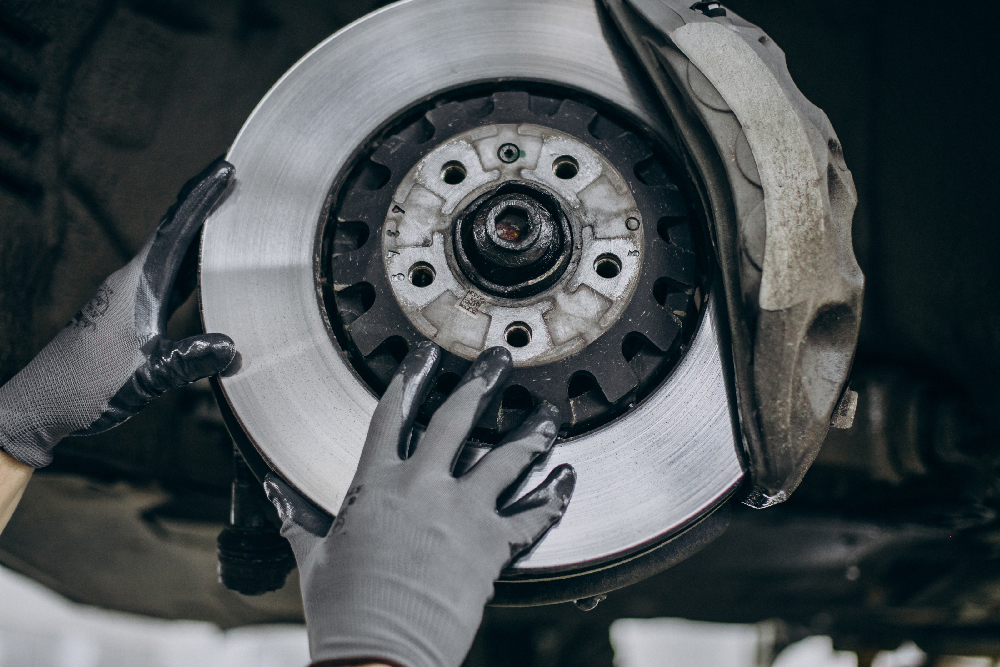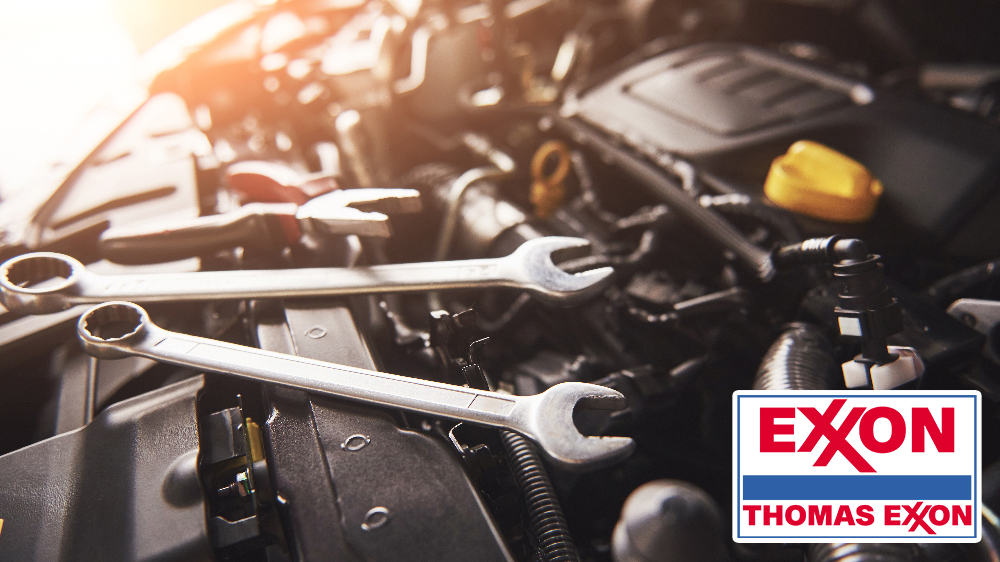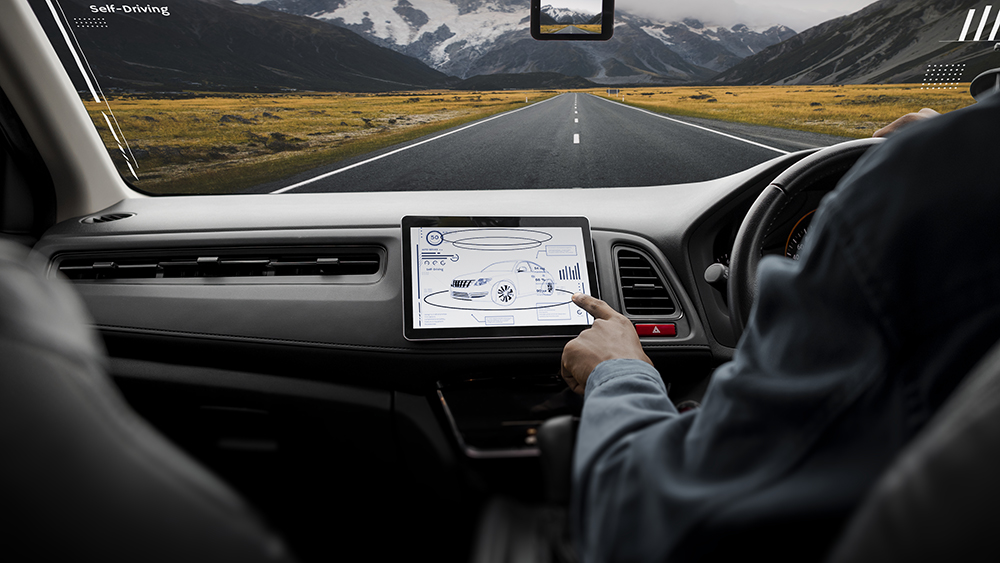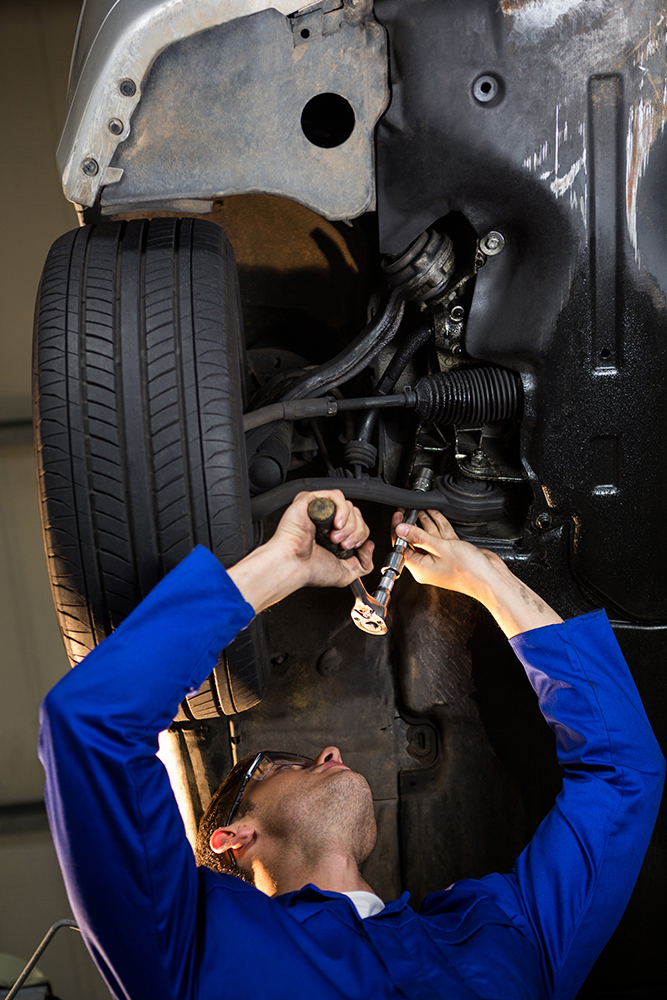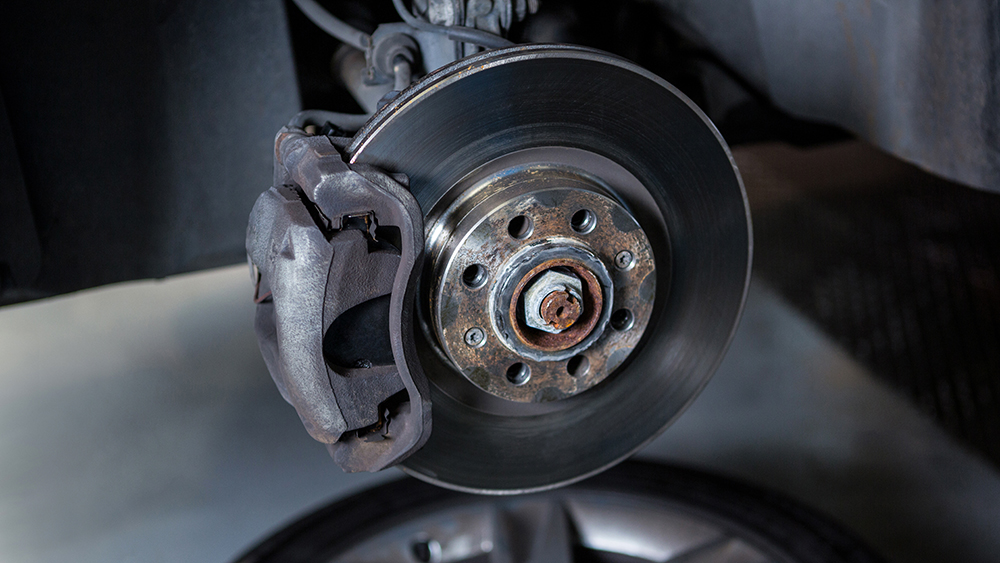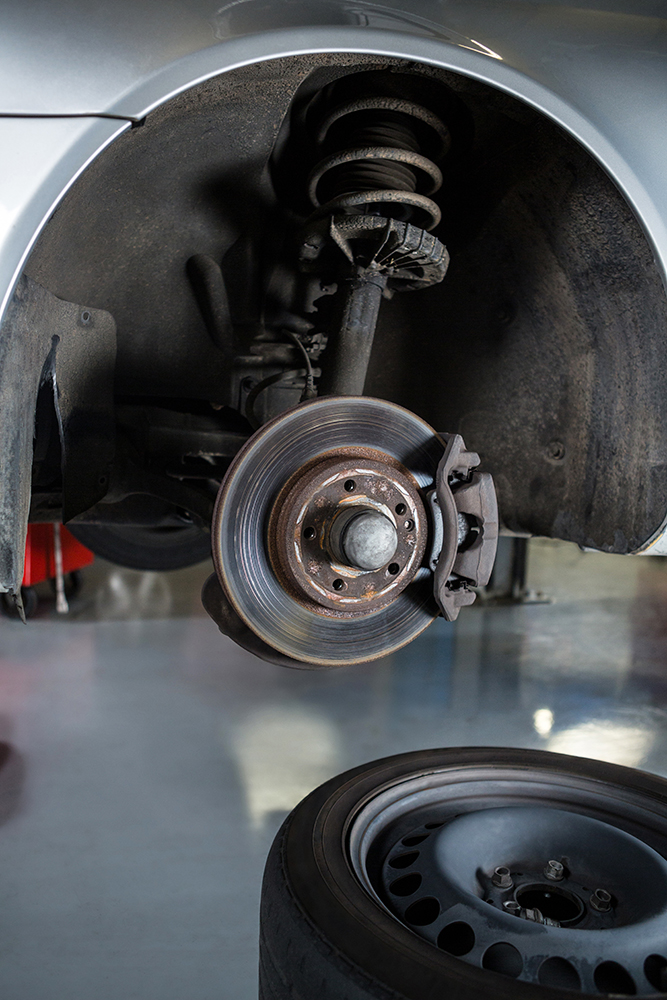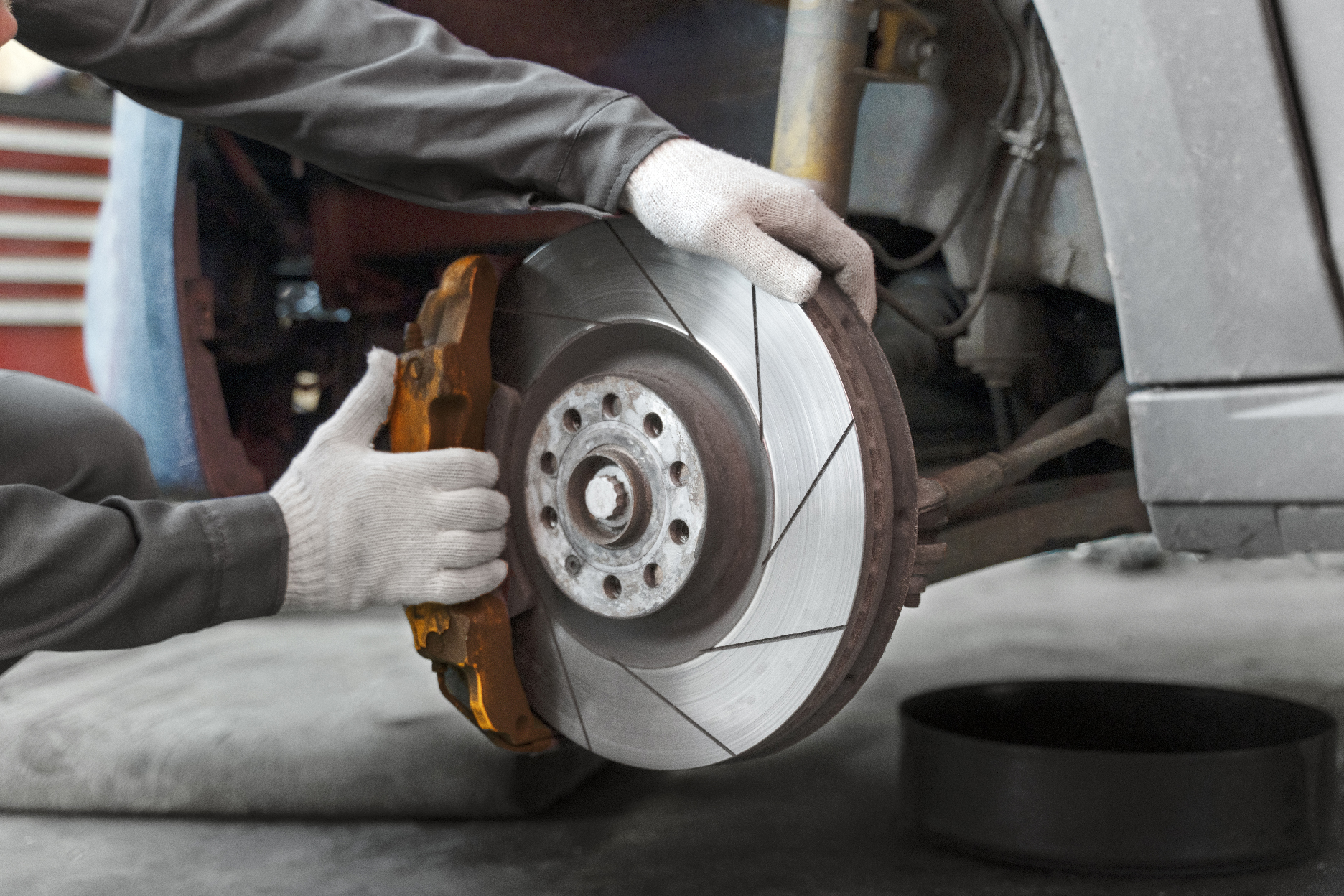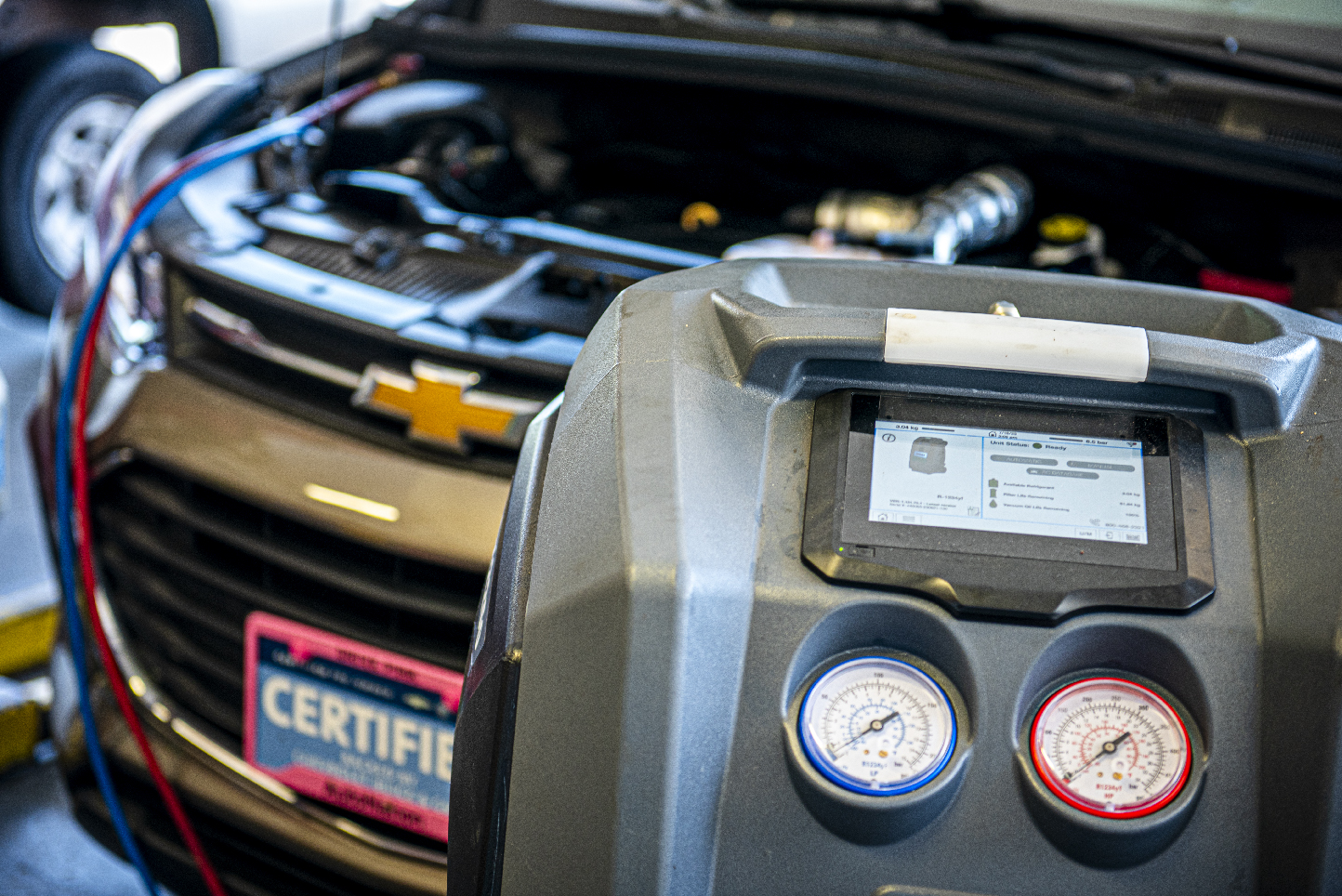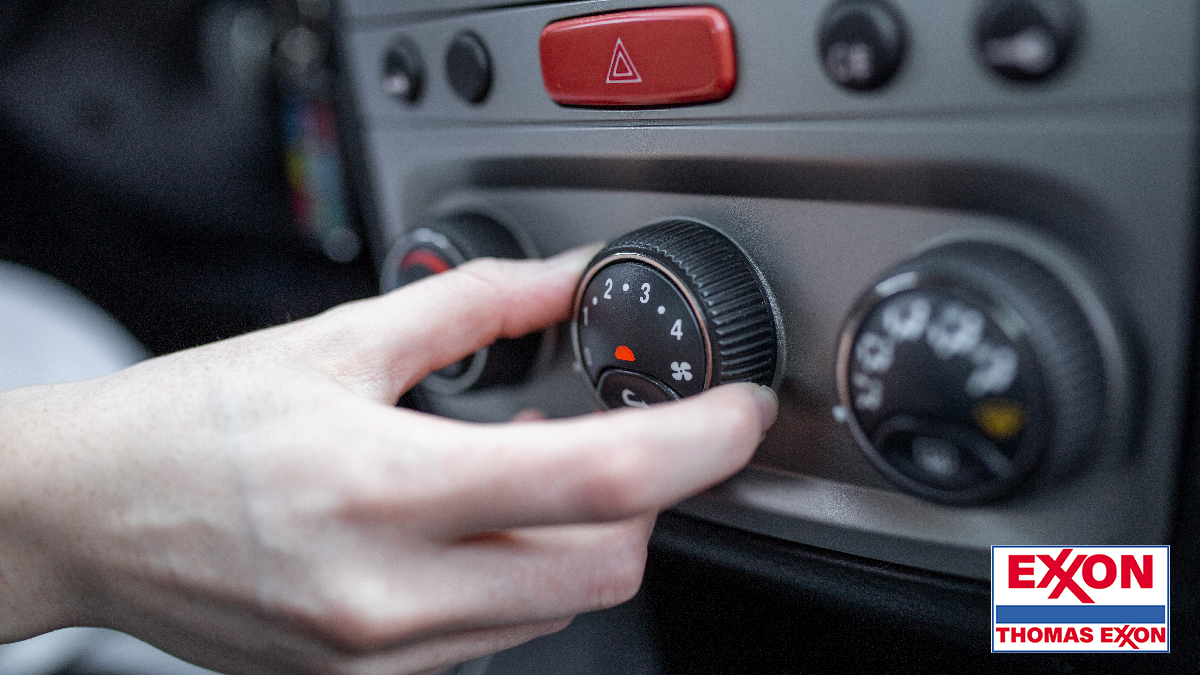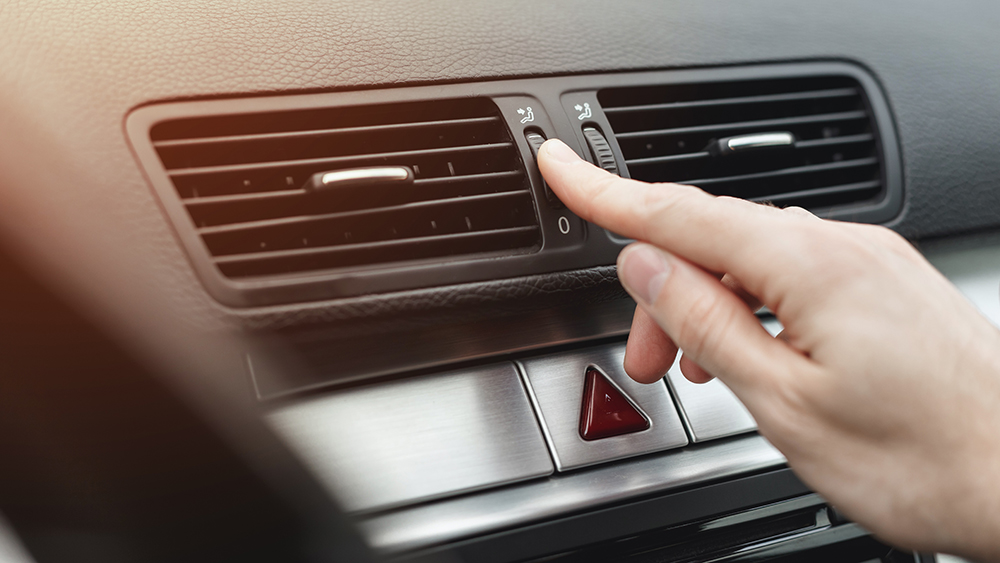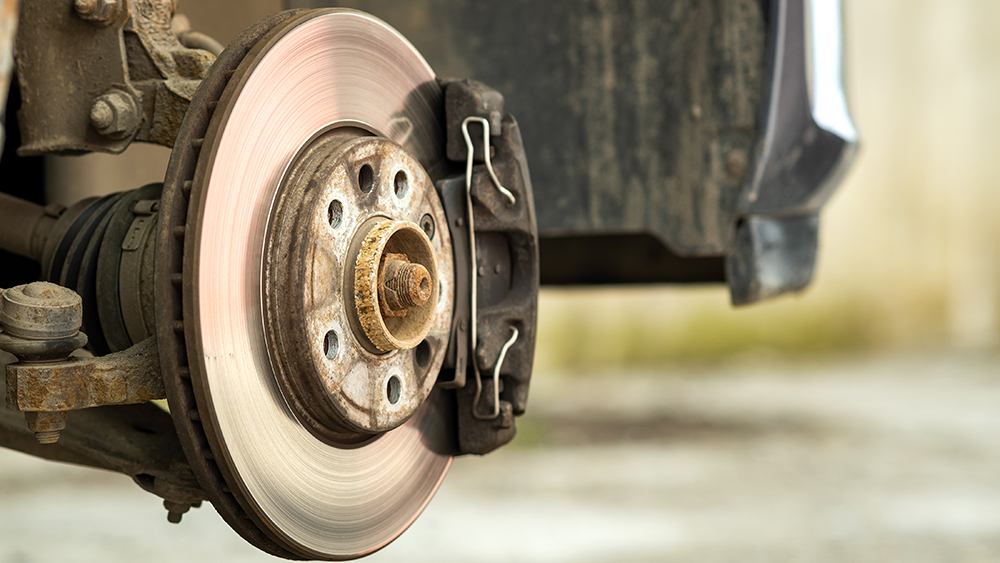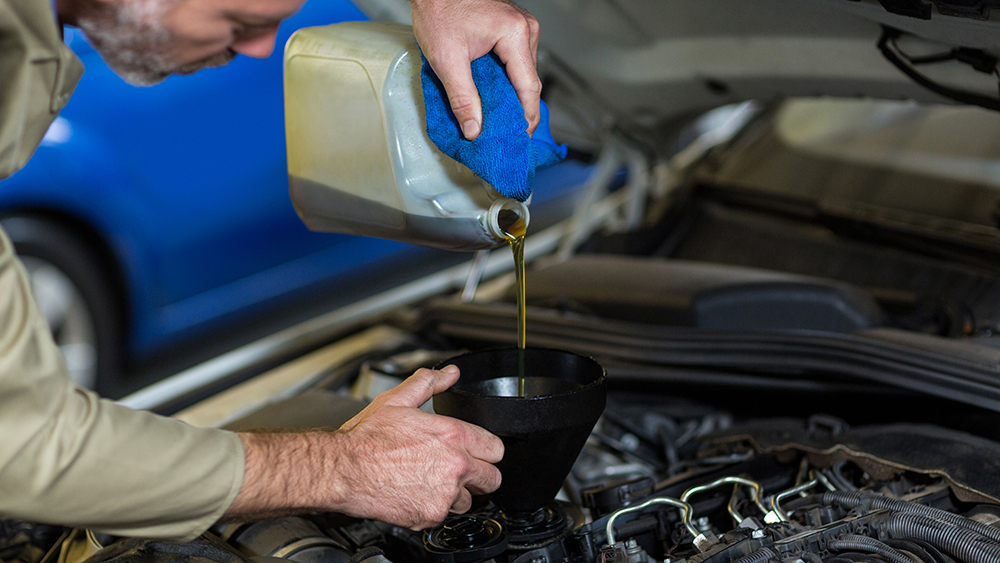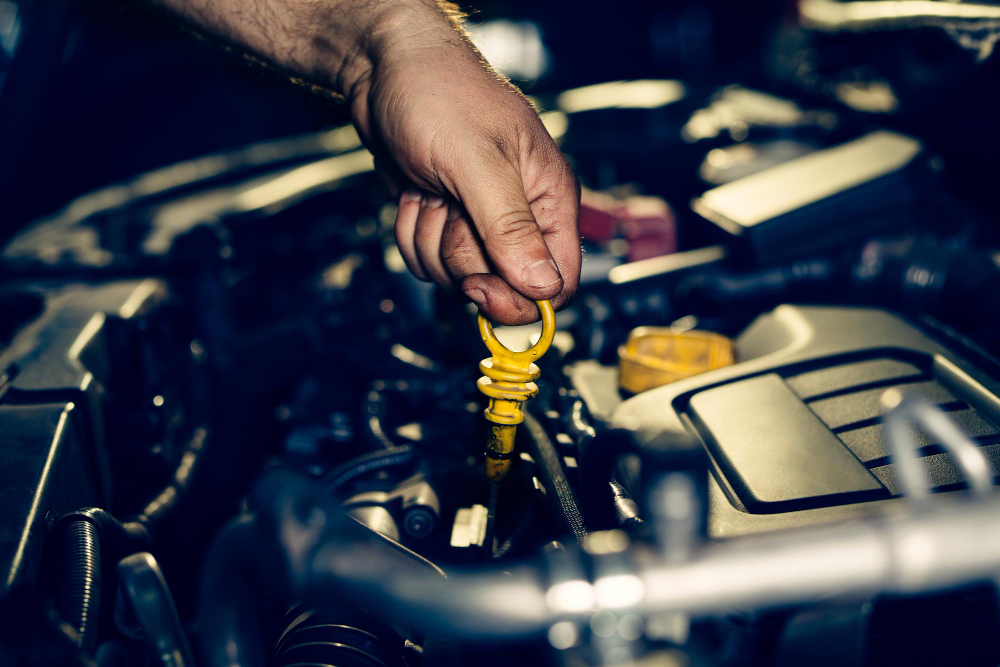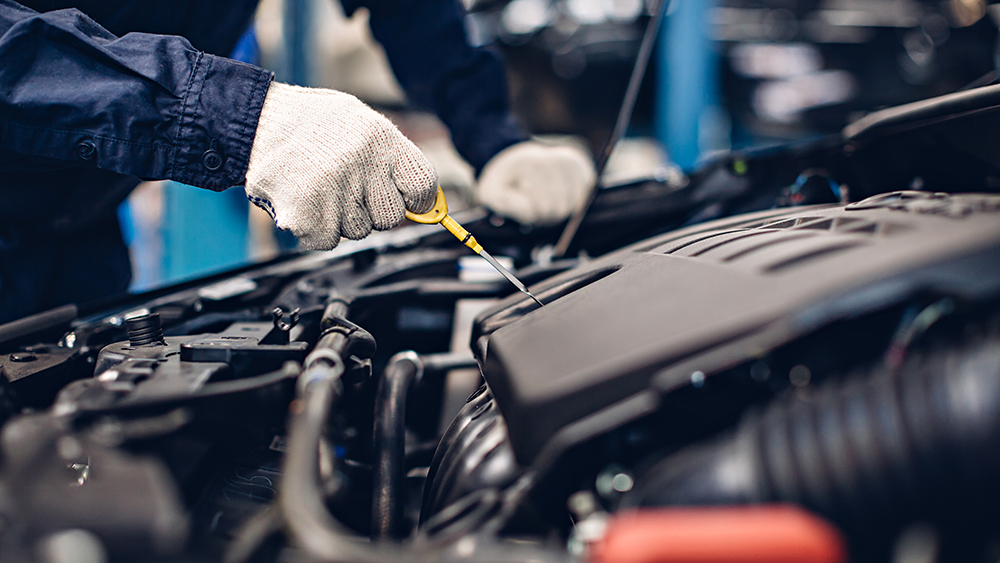Every car owner knows that regular maintenance is essential, but not everyone follows through as they should. Keeping up with your vehicle’s maintenance schedule not only ensures that it performs better but also safeguards your investment and keeps you safe on the road. At Thomas Exxon, a trusted full-service auto shop in Corpus Christi, we understand the importance of regular vehicle care.
This guide offers a comprehensive checklist that every car owner should follow to maintain their vehicle’s health and efficiency. Whether you’re a new driver or a seasoned motorist, adhering to this checklist will help extend the life of your car and enhance your driving experience.
Why Regular Car Maintenance is Crucial
Regular maintenance is the backbone of a reliable vehicle. It extends the life of your car, improves fuel efficiency, and ensures safety on the road. Ignoring routine check-ups can lead to costly repairs and potentially dangerous situations. Here’s why consistent maintenance should not be overlooked:
- Longevity of the Vehicle: Regularly servicing your car means addressing small issues before they become major problems. This proactive approach prevents excessive wear and tear, helping your engine and other critical components last longer.
- Fuel Efficiency: A well-maintained car runs more efficiently. Simple tasks like changing the oil, replacing air filters, and keeping tires properly inflated can significantly improve your vehicle’s fuel economy. This not only saves you money on gas but also reduces your environmental footprint.
- Safety: Many severe accidents can be prevented by regular maintenance. Ensuring that systems like brakes, tires, and lights are in optimal condition is crucial for your safety and that of others on the road. Faulty equipment is a common cause of accidents that regular checks can easily avoid.
- Higher Resale Value: A well-maintained car not only runs better but also retains more of its value. Regular maintenance records are a testament to prospective buyers that the vehicle has been cared for properly, which can significantly increase its resale value.
Keeping up with scheduled maintenance is a small investment that pays big dividends in terms of safety, efficiency, and value retention.
Let’s explore the essential maintenance tasks every car owner should prioritize.
Essential Car Maintenance Checklist
Maintaining your vehicle effectively involves a series of regular checks and services. Below is a detailed checklist that every car owner should follow to ensure their vehicle remains in top condition:
Engine and Transmission Care
- Oil Changes: Regular oil changes are critical for the health of your engine. Change your engine oil every 3,000 to 5,000 miles, depending on your vehicle’s specifications and the type of oil used. This helps lubricate engine parts, cool engine components, and carry away dirt and debris.
- Check Transmission Fluid: Transmission fluid should be checked and replaced as needed to prevent grinding gears and extend the life of your transmission. For most vehicles, checking the transmission fluid monthly is advisable.
- Belts and Hoses: Inspect belts and hoses every time you change the oil. Look for signs of wear, such as cracks or fraying. Replacing worn belts and hoses can prevent future breakdowns and expensive repairs.
Brake System
- Brake Pads and Rotors: Check brake pads and rotors regularly to ensure they are not worn down. Typically, brake pads need to be replaced every 50,000 miles, but this may vary based on your driving habits and vehicle type.
- Brake Fluid: Check the brake fluid level and top it off as needed. Brake fluid should be flushed and replaced every two years to maintain braking efficiency and prevent corrosion within the brake system.
Tires and Wheels
- Tire Pressure: Check tire pressure monthly, including the spare. Properly inflated tires ensure optimal contact with the road, improving safety and fuel efficiency.
- Tire Tread: Use a tread depth gauge or the penny test to check the tire tread. Place a penny into the tread with Lincoln’s head upside down; if you can see the top of Lincoln’s head, it’s time to replace the tire.
- Rotation and Alignment: Rotate tires every 6,000 to 8,000 miles to promote even wear and extend their life. Have your vehicle’s alignment checked annually, or if you notice uneven tire wear or the vehicle pulling to one side.
Battery and Electrical System
- Battery Check: Test your car’s battery every six months to ensure it has sufficient charge and is holding charge properly. Clean battery terminals with a brush if they show signs of corrosion.
- Electrical System: Inspect all lights and electrical components. Replace any burnt-out bulbs and repair faulty wiring. Regular checks will help avoid electrical failures that could lead to safety issues.
Cooling System
- Coolant Level: Check the coolant level in the overflow tank regularly and top it off with a 50/50 mix of coolant and water if low. Never open the radiator cap when the engine is hot.
- Radiator and Hoses: Inspect the radiator and hoses for leaks or corrosion. Ensure the radiator is free of debris and blockages that could prevent proper cooling.
Lights and Visibility
- Headlights and Taillights: Regularly check that all headlights, taillights, brake lights, and turn signals are operational. Clean the lenses to ensure maximum visibility.
- Windshield Wipers: Replace wiper blades every six months or sooner if they begin to leave streaks or miss areas of the windshield. Always keep the windshield washer fluid topped off.
By adhering to this maintenance checklist, you can significantly reduce the likelihood of mechanical failures and ensure your vehicle remains safe and reliable. Each of these tasks not only contributes to the longevity of your car but also to its performance and efficiency on the road. Remember, keeping your vehicle in excellent condition is a continuous commitment that requires attention and care.
Seasonal Car Maintenance Tips
Seasonal maintenance is crucial for ensuring your vehicle adapts to changing weather conditions, especially in places with varied climates like Corpus Christi. Here are key tips for seasonal car maintenance:
- Summer: Prepare for the heat by checking your air conditioning system for proper functionality. Inspect coolant levels more frequently to prevent overheating. Apply a protective wax to your car’s exterior to protect the paint from UV rays.
- Winter: Although winters are mild, it’s important to check your battery, as cooler temperatures can reduce its efficiency. Ensure your heater is operational and check the tire pressure regularly, as it can decrease in colder weather.
- Spring: Post-winter, check for any signs of rust or wear caused by colder conditions. It’s also a good time to replace windshield wipers and ensure your all-weather tires are still in good shape.
- Fall: Inspect and prepare your vehicle for colder months ahead. Check the antifreeze levels and ensure your engine is ready for lower temperatures.
When to Seek Professional Help
While routine maintenance can be handled at home, there are times when professional help is necessary. If you notice any of the following, it’s time to visit a full-service auto shop like Thomas Exxon:
- Unusual Noises: Any new or strange noises, such as grinding, clicking, or whining, could indicate serious issues.
- Warning Lights: If any dashboard warning lights remain illuminated, consult a professional immediately.
- Performance Issues: Decreases in performance, such as stalling, reduced acceleration, or poor fuel efficiency, require a professional diagnosis.
At Thomas Exxon, we provide comprehensive diagnostics and expert repairs to address complex vehicle issues efficiently and reliably.Don’t wait for breakdowns to remind you about car maintenance. Schedule a service appointment with Thomas Exxon today and ensure your vehicle remains in top condition. Visit our website or contact us directly to get started!

